With mighty jaws and plate-like teeth, the globally endangered whitespotted eagle ray can pretty much crunch on anything. Yet, little information is available on critical components of their life history in the U.S., such as their diet.
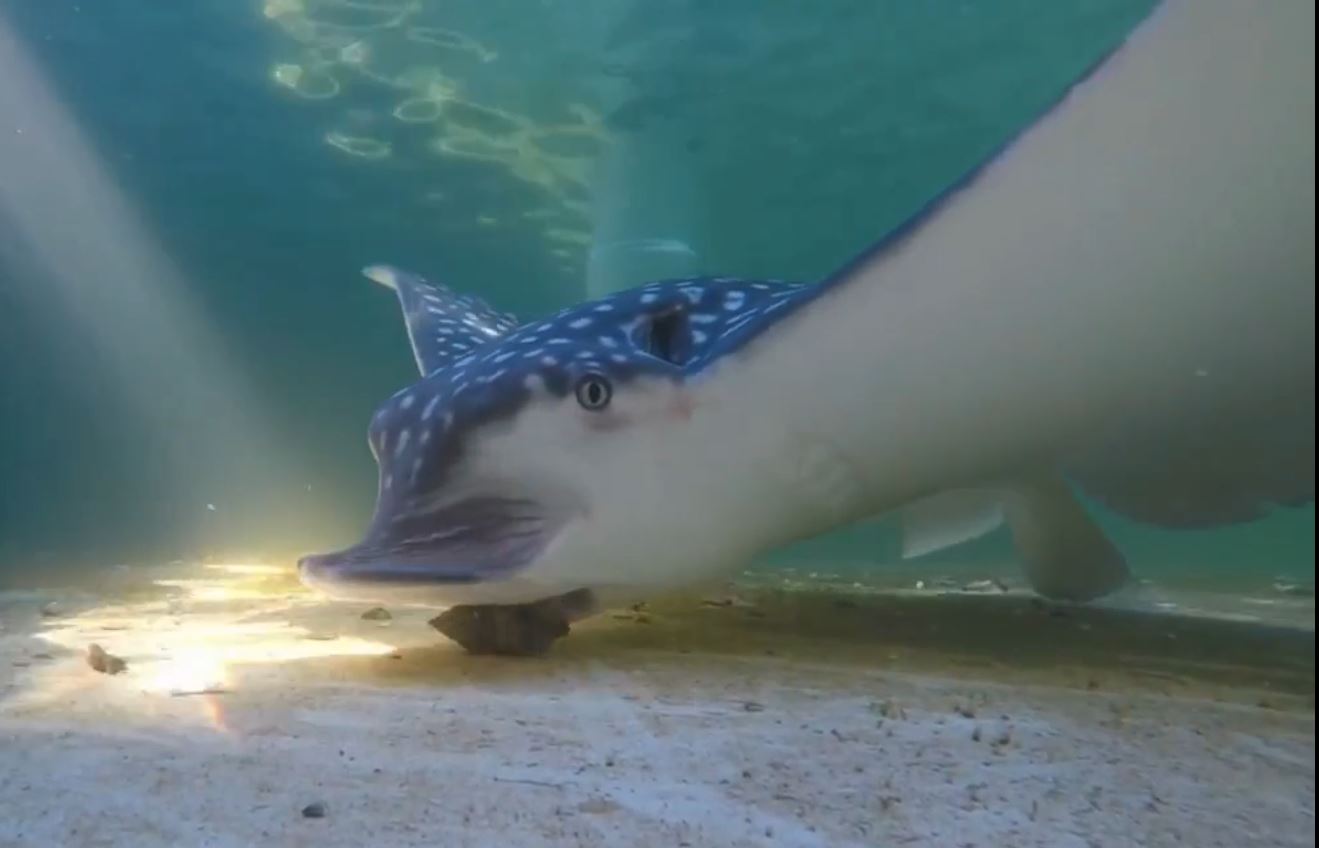
news, journals and articles from all over the world.

With mighty jaws and plate-like teeth, the globally endangered whitespotted eagle ray can pretty much crunch on anything. Yet, little information is available on critical components of their life history in the U.S., such as their diet.
Inspired by clam fishermen reports, researchers used passive acoustic telemetry to gauge the interactions between two highly mobile rays. They monitored the tagged rays in the wild over two years to see how often and when they visited clam leases. Results provide both good news and bad news for clammers. Rays spent even more time in these clam lease sites than clammers reported or suspected, but it’s not necessarily where they prefer hanging out.
It’s not just humans who enjoy eating shellfish, so do marine rays. They like to “crunch” on clams, which can sometimes take a big bite out of clammers’ profits. Using aerial and underwater videos, researchers assessed the ability of the whitespotted eagle ray to interact with clams housed within a variety anti-predator materials. Whitespotted eagle rays have strong jaws, plate-like teeth and nimble pectoral fins, which make them formidable and highly maneuverable predators of clams.
In the past, it was thought that with competition over food, lobsters would grow less. A new study from the University of Agder (UiA) shows the opposite.
Less than 10 aquaculture farms in the U.S. have been successful in commercially raising and distributing the popular Florida pompano fish. A new study has determined the optimal salinity required to culture fingerlings (juvenile fish) from hatch to weaning under on-farm conditions. Researchers have shown it’s possible to grow this warm water marine species in salinities a low as 10 parts per thousand, which makes it more economic and easier for producers far from the coast to attempt Florida pompano commercial growth.
In an age of industrialized farming and complex supply chains, the true environmental pressures of our global food system are often obscure and difficult to assess.
Woods Hole Oceanographic Institution (WHOI), the University of Connecticut, and Bigelow Laboratory for Ocean Sciences have executed a license agreement for a kelp germplasm, or collection of microscopic cells called gametophytes, containing more than 1,200 samples all developed and isolated by WHOI and UConn-led teams.
A new study led by Christopher Gobler, PhD, and a team of scientists at the Stony Brook University School of Marine and Atmospheric Sciences (SoMAS) shows that the presence of kelp significantly reduces ocean acidification, a result of climate change.
Because of their proximity to the ocean, Californians get to enjoy locally-sourced oysters, mussels, abalone and clams.
Woods Hole, Mass. (August 10, 2021) — As the state of the Earth’s climate remains at the forefront of the minds of policymakers, scientists, and economists, seaweed farming is being viewed as a sustainable and efficient way to boost economies, provide nutritious food and diversify ocean life. A leader in ocean science, Woods Hole Oceanographic Institution (WHOI) is embarking on a study of how new seaweed strains could further enhance the burgeoning seaweed industry and offer solutions to some of the world’s pressing challenges. This research is funded in part by World Wildlife Fund (WWF) with support from the Bezos Earth Fund.
June 8, 2021 — The first-ever global statistical analysis of trends in harmful algal blooms (HABs) has shown that, worldwide, there is no significant increase in HABs events, but that in some regions, events that include toxic species of algae affecting humans and wildlife are on the rise. In addition, the study finds that human activity, primarily aquaculture in coastal waters, and the economic impacts that HABs event cause to the fast-growing growing industry, is likely behind the perceived increase.

Sea-based fish farming systems using net pens are hard on the environment and fish. A closed cage can improve fish welfare, but seawater must be continuously circulated through the cage. However, waves can cause the water to slosh inside the cage, creating violent motions and endangering the cage and fish. A study using a scale-model containment system is reported in Physics of Fluids and shows why violent sloshing motions arise and how to minimize them.
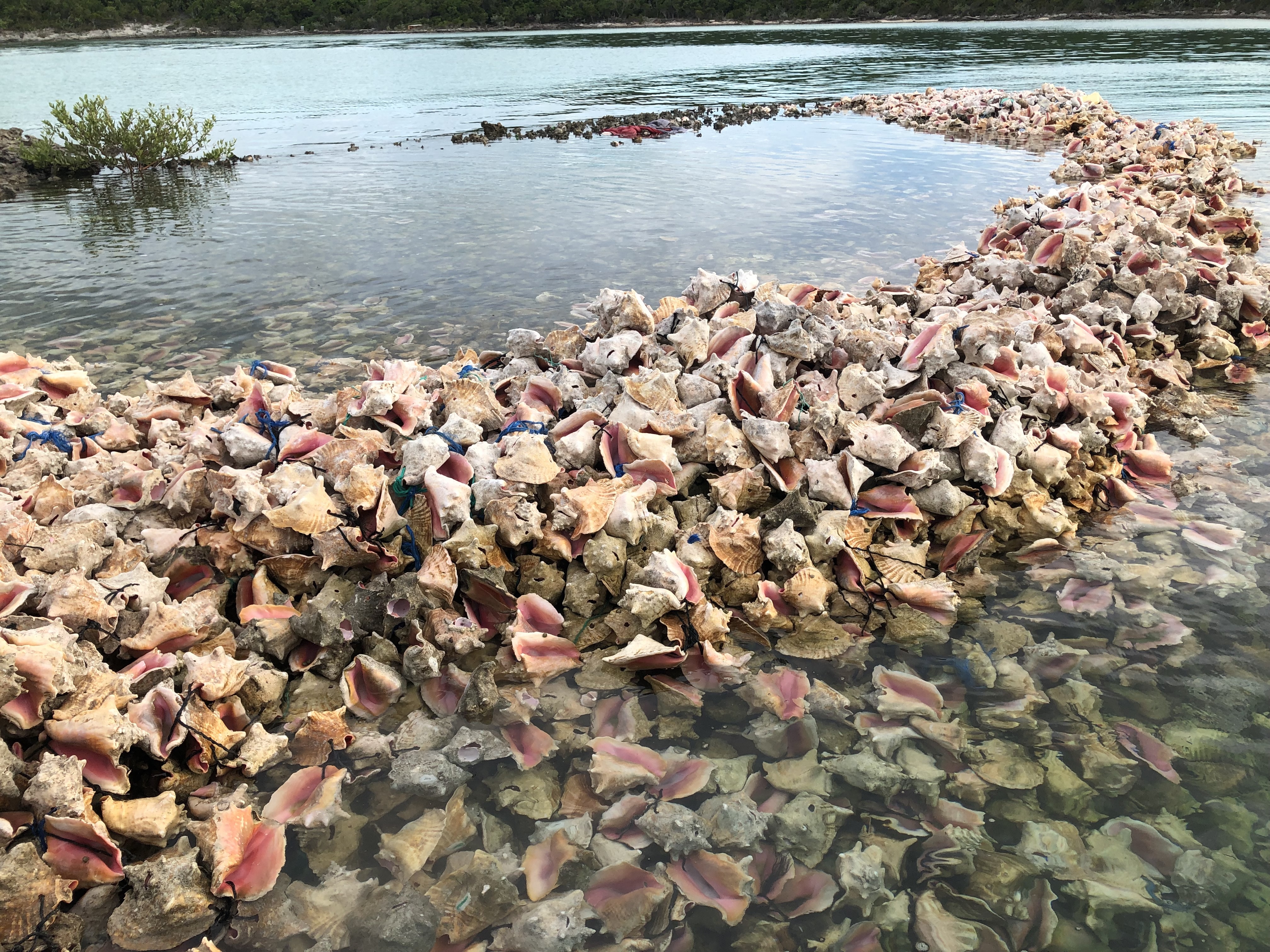
Second only to the spiny lobster, the queen conch is a prized delicacy long harvested for food and is revered for its beautiful shell. Conch populations have dwindled so low, creating a dire and urgent situation in ecological and economic terms. To preserve this most significant molluscan fishery in the Caribbean, the world’s leading expert on queen conch aquaculture has published an 80-page, step-by-step user manual that provides complete illustrations and photos of how to culture and restore the queen conch.
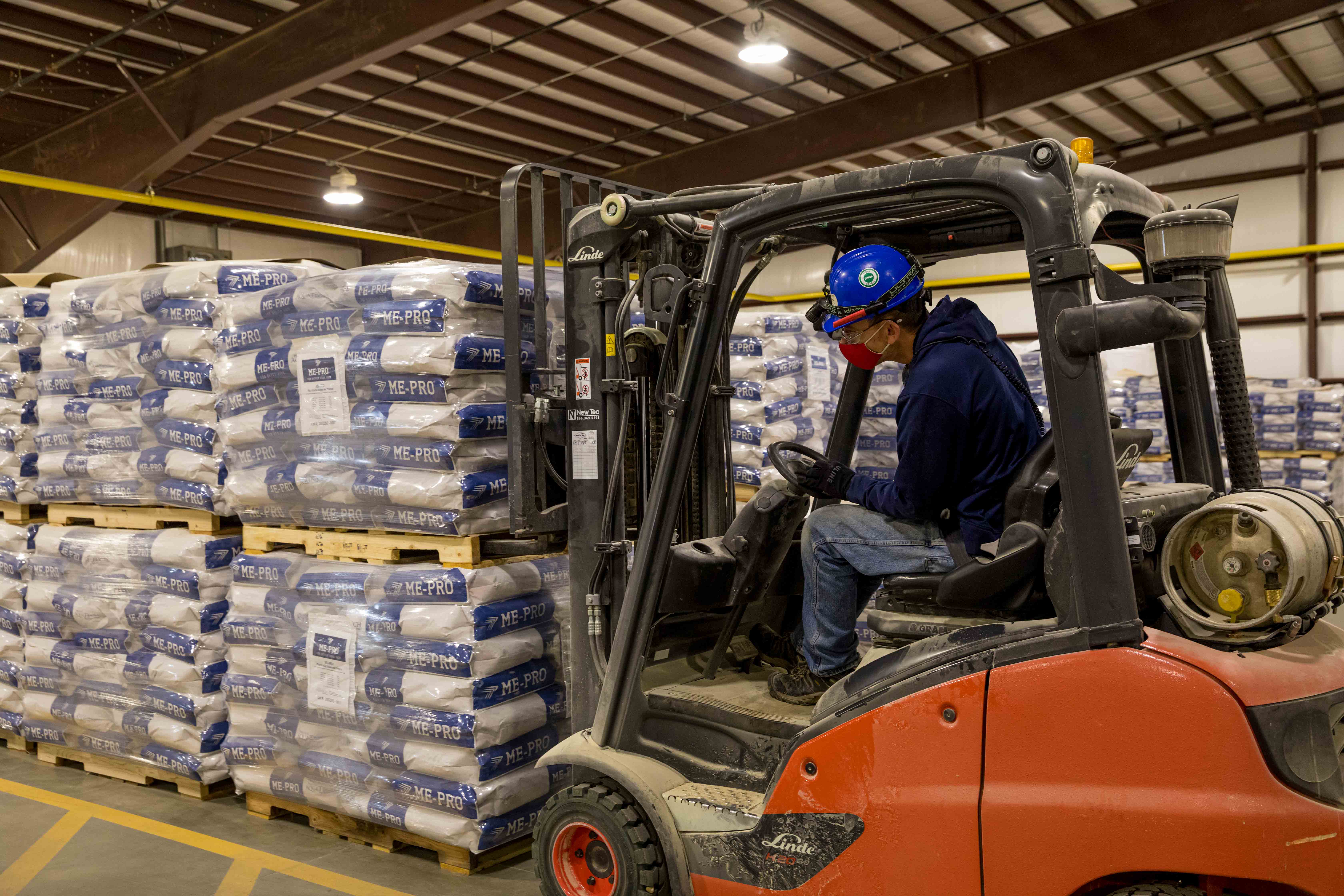
A highly digestible fish, shrimp and young terrestrial animal feed ingredient produced from South Dakota soybeans is reaching a worldwide market.

Fossil records of bonefish go back 138 million years, but large gaps about their biology remain. In just four years, scientists have successfully spawned bonefish in captivity and have figured out their life cycle to help inform management and conservation of this revered fishery. In the Florida keys alone, the annual economic impacts exceed $465 million. Florida’s recreational and commercial fishing industries and associated businesses account for billions of dollars that drive the economic engine for the state each year and contribute to hundreds of thousands of jobs.
New Brunswick, N.J. (Sept. 10, 2020) – A Rutgers-led project will buy 76,000 oysters from New Jersey oyster farmers who are struggling to sell the shellfish following the shutdown of restaurants and indoor dining as a result of the COVID-19…
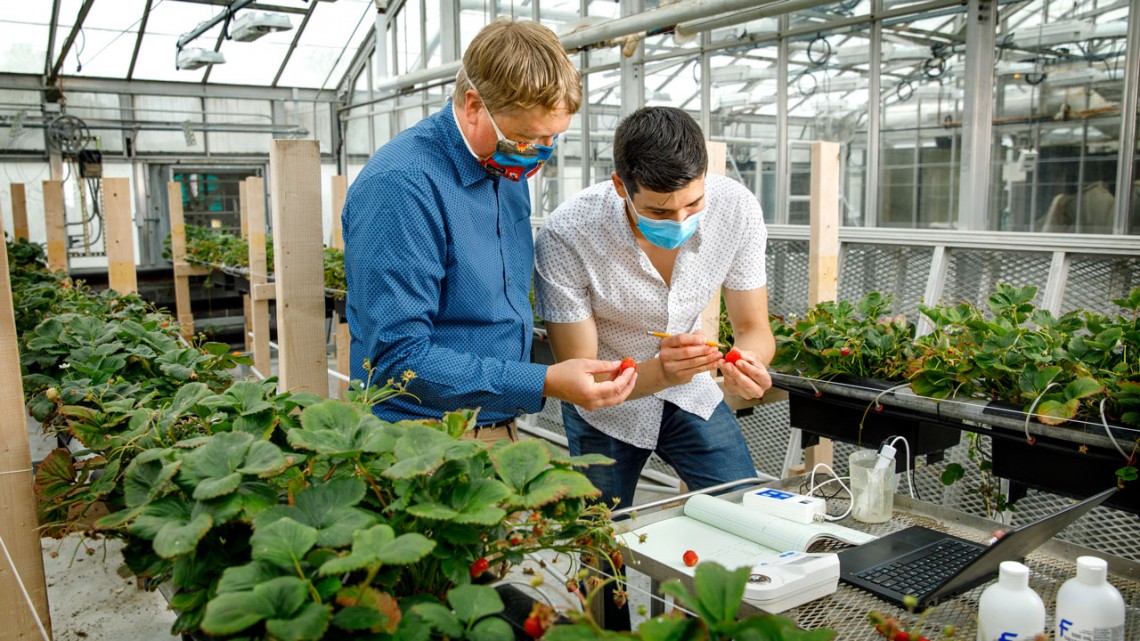
Thanks to a grant from the USDA, horticulture experts at Cornell University will help design new training programs for workers in controlled environment agriculture.
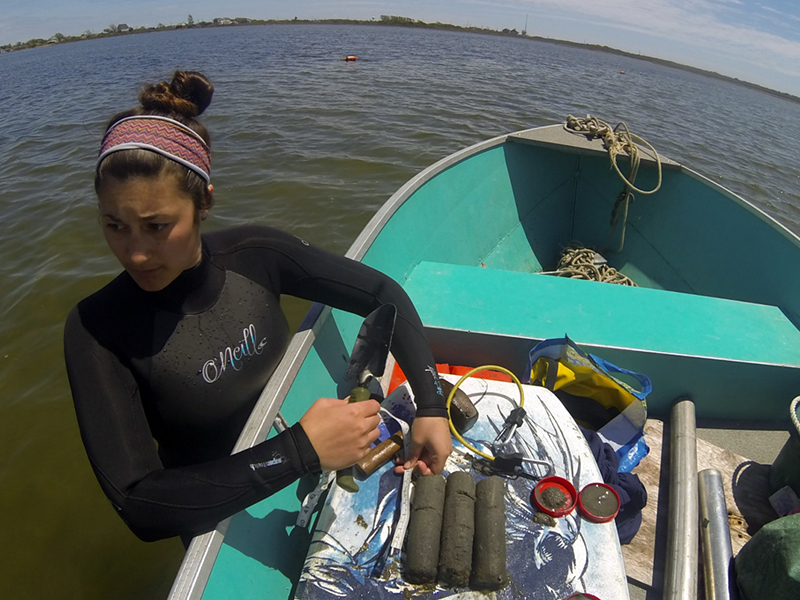
Oyster aquaculture poses minor changes to soils and bottom-dwelling communities
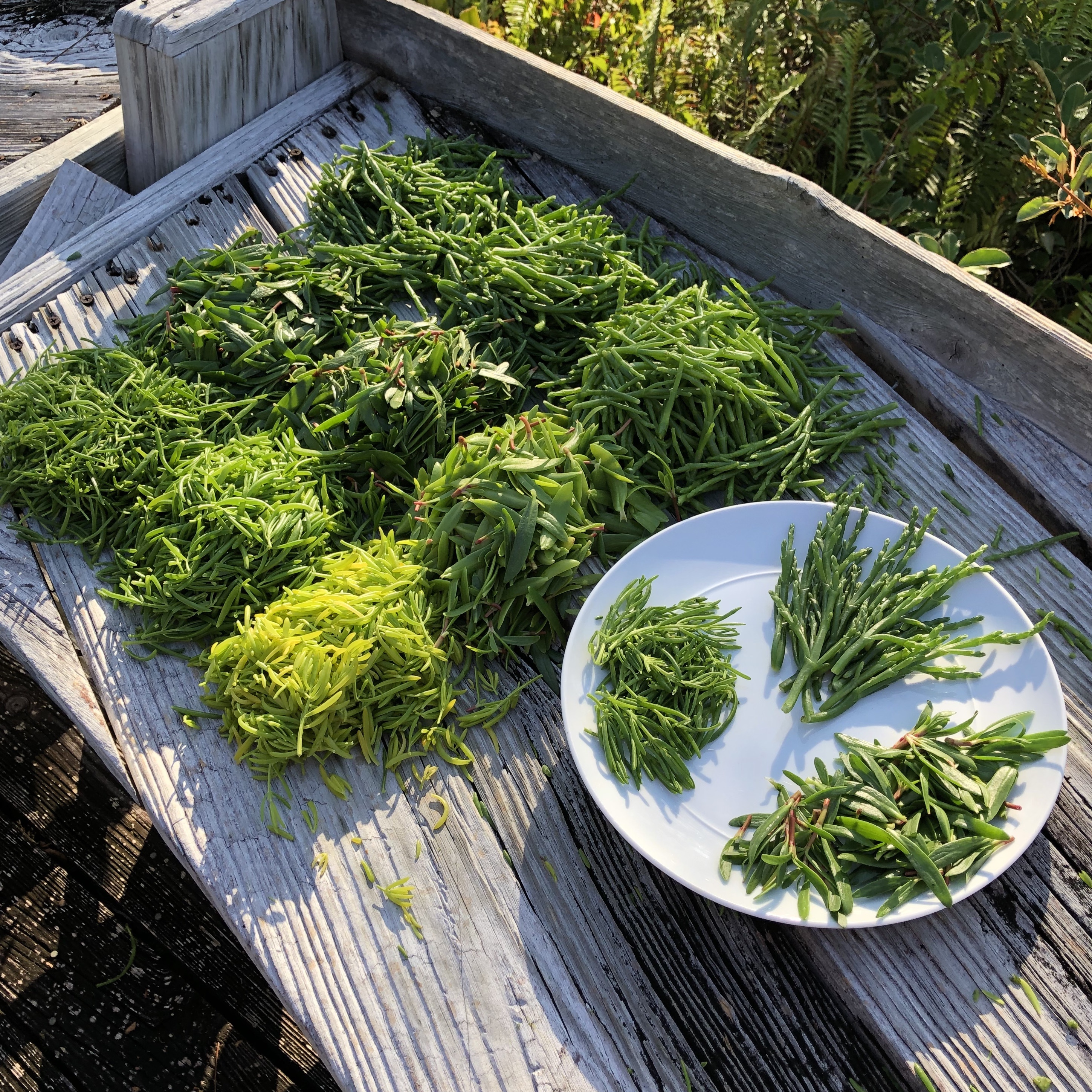
Skip the salt! Three species of sea vegetables could just be the new kale with the added benefit of a salty flavor. The 10-week study was designed to determine the optimal growing conditions for these sea vegetables that could soon be a great addition to salads, soups, pasta, rice and other dishes in the continental U.S. These nutritious plants for human consumption do not require fresh water and instead are grown in salt water.
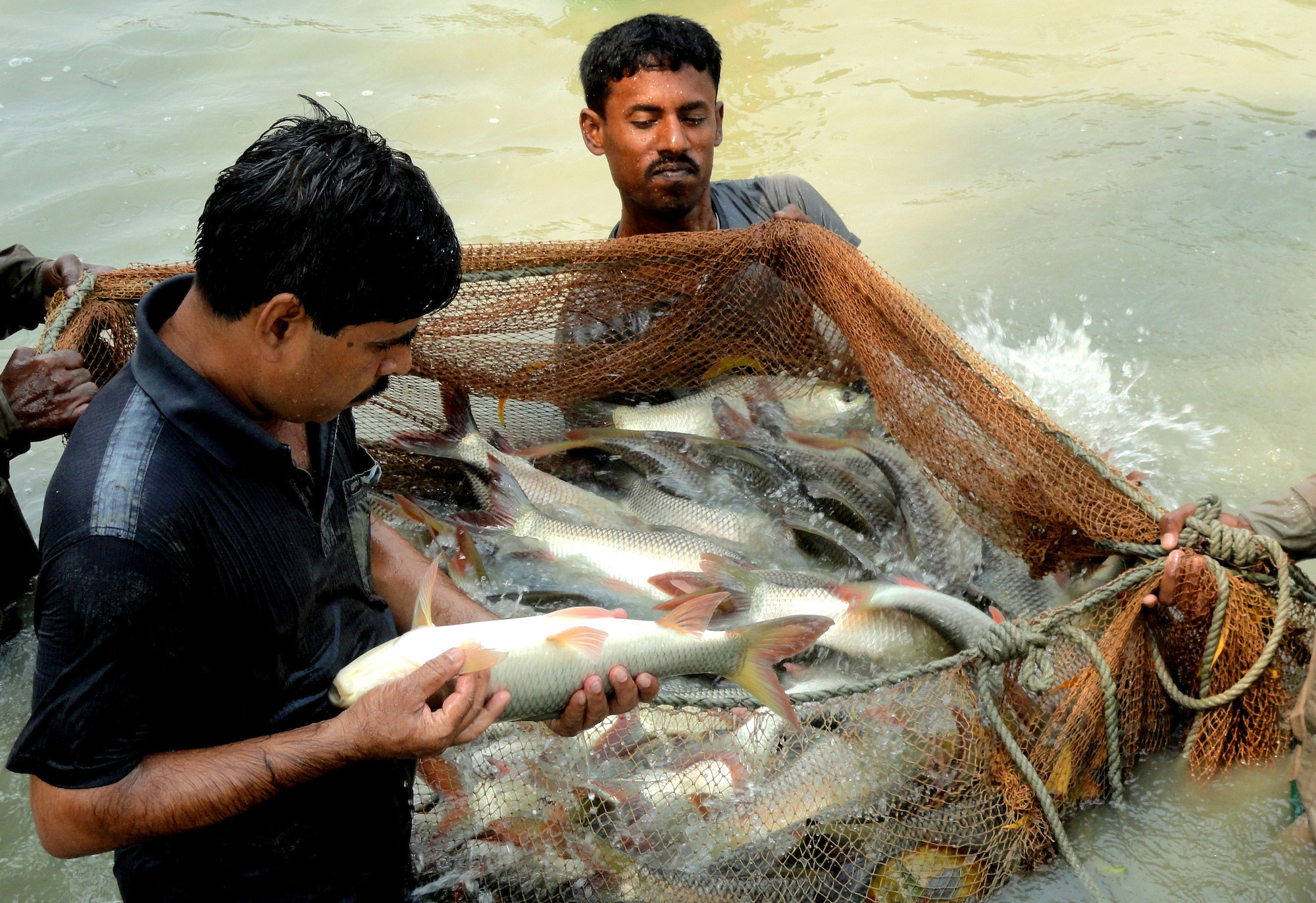
The Feed the Future Innovation Lab for Fish at Mississippi State University is awarding $5.7 million in grants to develop innovative approaches for helping solve hunger affecting more than 800 million people worldwide.
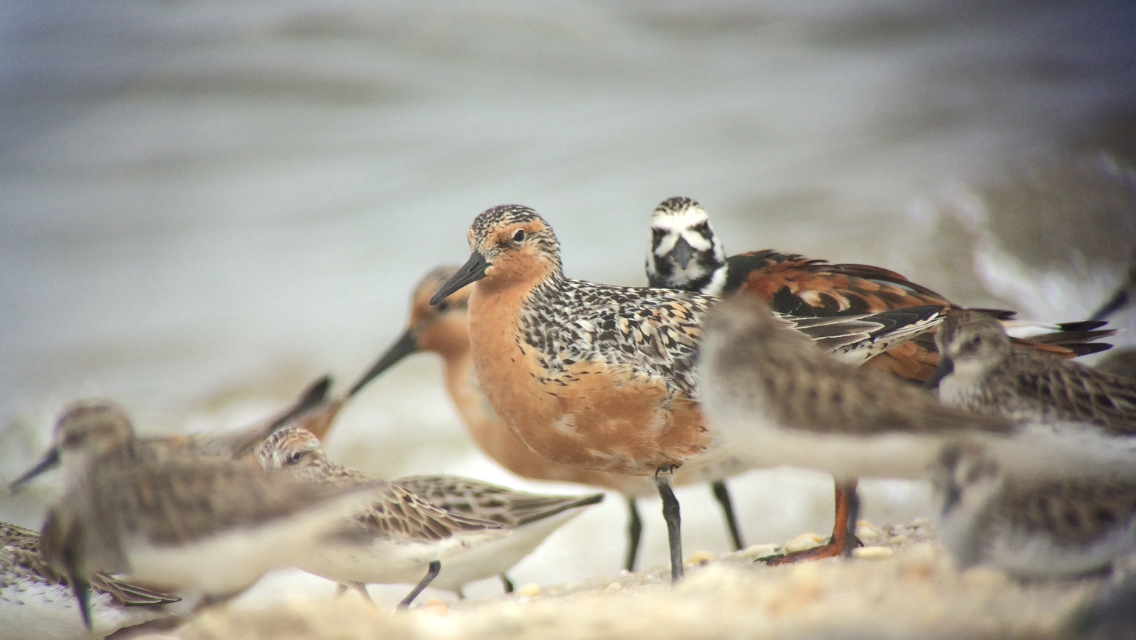
Oyster farming as currently practiced along the Delaware Bayshore does not significantly impact four shorebirds, including the federally threatened red knot, which migrates thousands of miles from Chile annually, according to a Rutgers-led study. The findings, published in the journal Ecosphere, likely apply to other areas around the country including the West Coast and Gulf Coast, where oyster aquaculture is expanding, according to Rutgers experts who say the study can play a key role in identifying and resolving potential conflict between the oyster aquaculture industry and red knot conservation groups.
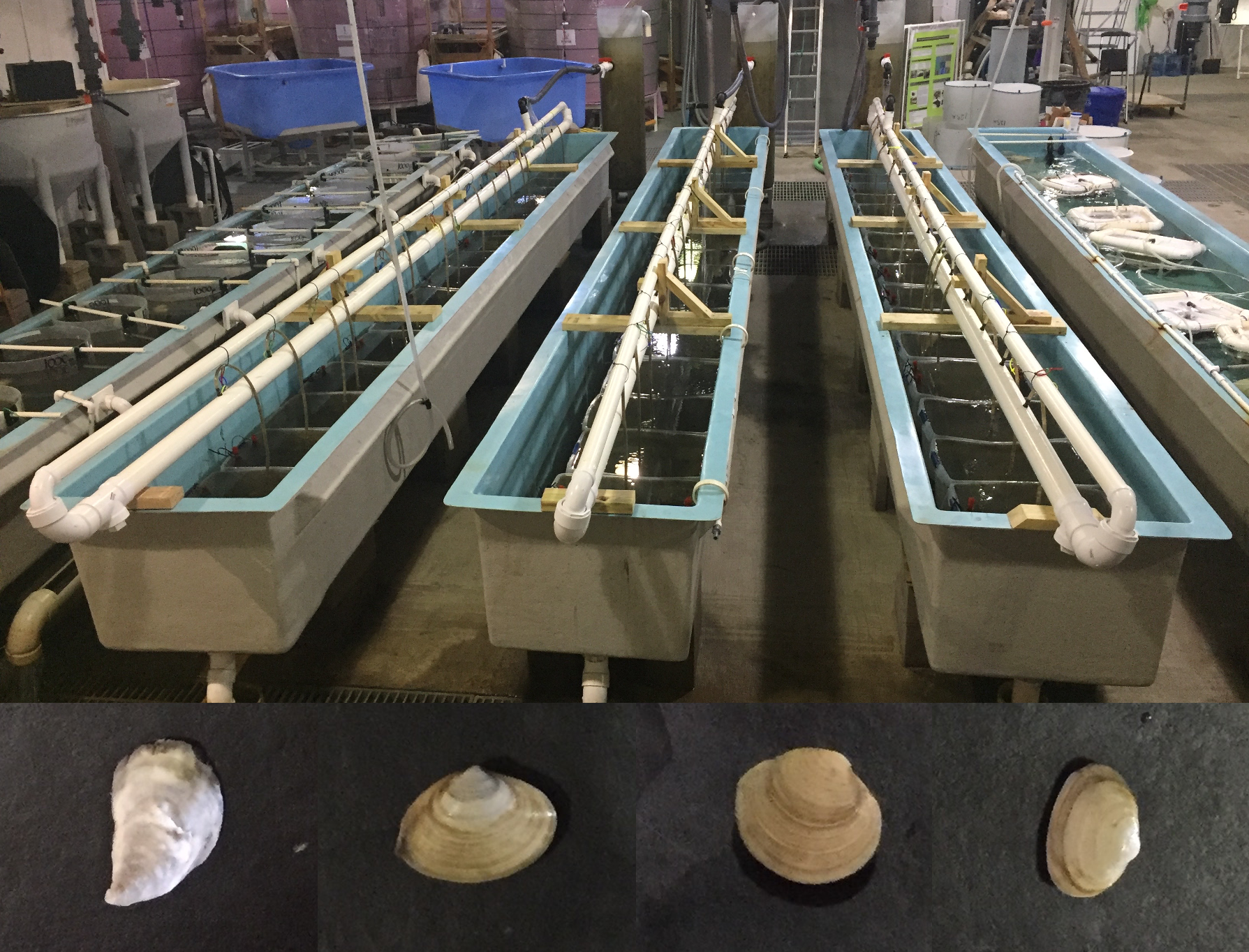
Eastern oysters and three species of clams can be farmed together and flourish, potentially boosting profits of shellfish growers, according to a Rutgers University–New Brunswick study. Though diverse groups of species often outperform single-species groups, most bivalve farms in the United States and around the world grow their crops as monocultures, notes the study in the journal Marine Ecology Progress Series.
A secret to survival amid rising global temperatures could be dwelling in the tidepools of the U.S. West Coast. Findings by University of California, Irvine biologists studying the genome of an unusual fish residing in those waters offer new possibilities for humans to obtain dietary protein as climate change imperils traditional sources.
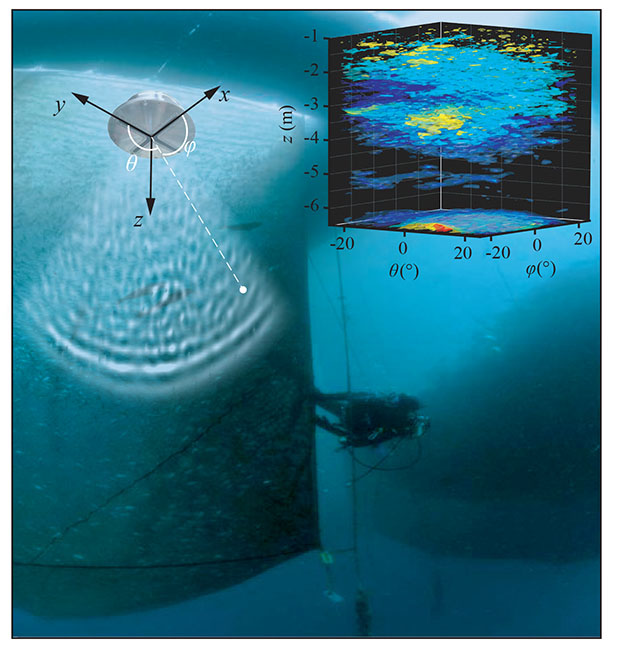
Fisheries acoustics have been studied for over 40 years to assess biomass and optimize aquaculture applications, and researchers in France have examined the phenomenon of how fish scatter acoustic waves in a dense school of fish contained in an open-sea cage. They developed an approach to help overcome issues encountered in aquaculture relating to the evaluation of the total biomass of dense schools of fish. They will discuss their work at the 178th ASA Meeting.
New Brunswick, N.J. (Oct. 15, 2019) – Rutgers University–New Brunswick shellfish geneticist Ximing Guo is available to comment on a five-year Rutgers-led consortium project to breed better, more disease-resistant East Coast oysters. Improved oyster broodstock will then be made available…
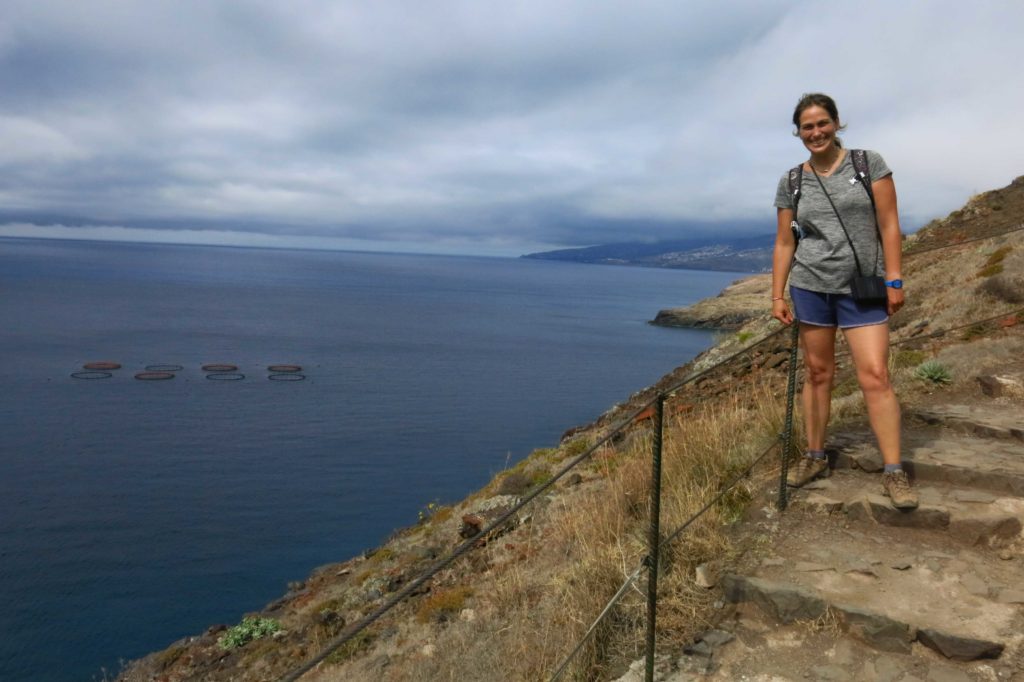
When Florida families settle down to enjoy a seafood dinner they may not realize the main dish wasn’t freshly caught in the nearby Gulf of Mexico, but rather farmed off the coast of Panama. The process of farming seafood in the ocean, known as mariculture, is a growing trend yet little is known about the trajectories of its development.
A collaborative, multisector team, led by the University of Michigan’s Water Center at the Graham Sustainability Institute and the School for Environment and Sustainability, has been awarded a five-year, $20 million cooperative agreement to support the National Oceanic and Atmospheric Administration in overseeing research at a nationwide network of 29 coastal reserves.